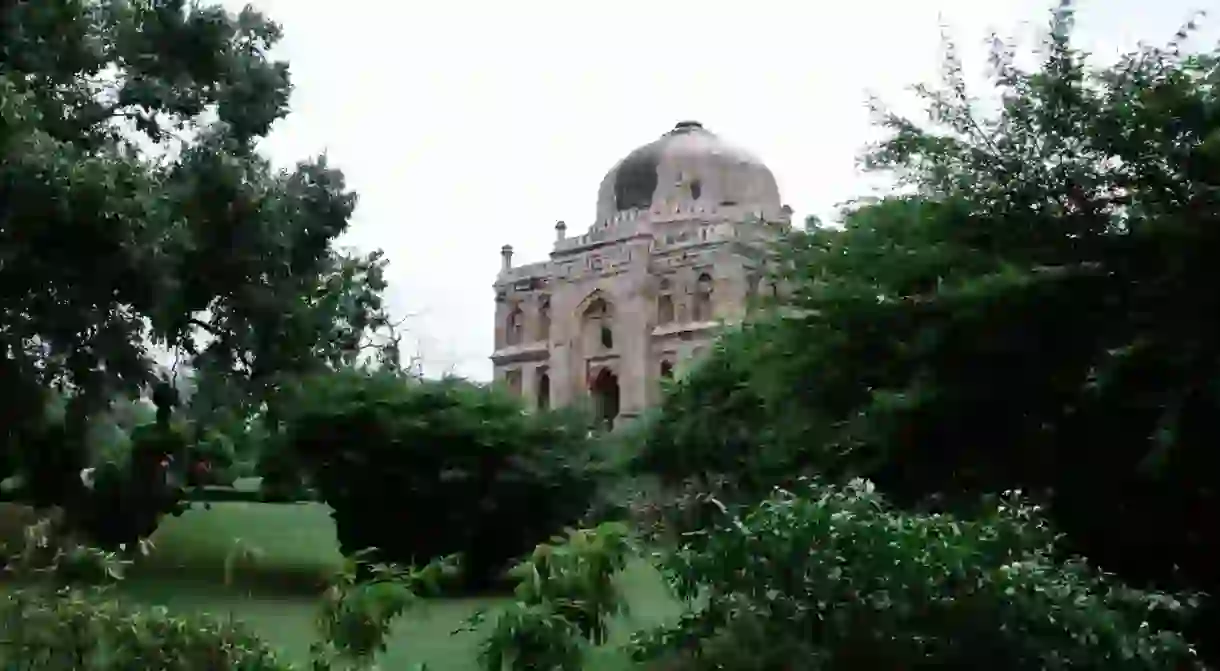12 Reasons Why You Should Visit New Delhi

‘Yeh dilli hai dilwalon ki’ – Delhi is home to the most benevolent. After continuous settlement since the 6th century, with countless rulers building and destroying kingdoms, the treasures this city holds are fantastic and unique. Here are 12 reasons why you must visit New Delhi at least once in your lifetime.
Sights at Rajpath Boulevard
Rajpath, also known as the Kingsway or the Royal Pathway, was designed by Sir Edwin Lutyens (the mastermind behind Old Delhi’s city plans) and extends from Rashtrapati Bhawan in Raisina Hill through Vijay Chowk and India Gate to National Stadium, with sprawling gardens on both sides. The street is host to India’s annual Republic Day Parade, an amazing sight to see.


Hauz Khas Village
Hauz Khas got its name from the water tank built by Allauddin Khilji to supply water to the residents of Siri Fort. In the mid-’80s, Hauz Khas Village started attracting fashion designers and pub owners, who started establishing their cafés and boutiques. Today, the village has a busy nightlife, and its clubs and restaurants are the most famous in Delhi.
Countless gardens and parks
Every little neighbourhood of Delhi has a designated garden that can be accessed by anyone. One with an interesting history is the must-visit Lodi Garden, built by the Lodi Dynasty in the 15th century, with historical monuments on its sprawling green lawns.



Literary capital
From Oxford Press to Hachette to niched publications, Delhi is a massive publishing hub. The Delhi Book Fair is one of the biggest in India and is a treat for academics and literature lovers alike. Try to schedule a visit to the city around the book fair, usually held at Pragati Maidan.
Iconic Connaught Place
Designed like the Royal Crescent of Bath, Connaught Place is a top business center in Delhi – walk through the palladian archways and see almost every brand and restaurant. Start with Keventers, an old milkshake joint, and explore the place on foot.

Bhavan canteens
As the capital, Delhi has a huge advantage over any other city in India, one being that canteens of state bhavans (offices and guest housing for state officials) are usually open to the public with subsidized food prices. Try litti-choka at Bihari Niwas, garlic prawns at Goa Bhavan and vegetarian thalis at Andhra Bhavan – just to name a few must-have food experiences.
Shopping opportunities
Since Delhi is known for its markets, shopping is a must. Sarojini Nagar, Janpath, Karol Bagh are just a few areas where large number of roadside vendors sell the latest trends at flea market prices. Though especially fun for people who love clothes, fabric and jewellery, those looking for souvenirs are in for a treat as well.


Monuments and relics abound
Many monarchs have established their kingdoms in Delhi since the 11th century, so it goes without saying that the city is a library of historical monuments – every neighbourhood will have some kind of fort or ruin. These monuments are also marvels because of their architectural style, influenced by Persian, European, Islamic and Indian designs.
Chandni Chowk
Want to bring home traditional Indian bridal attire? Then Chandni Chowk is the place to go for all the clothes and jewellery. Mughal emperor Shah Jahan built the ‘Moonlight Square’ for his daughter, who designed it herself. Apart from clothing, the area also sells spices and is one of the busiest trading locations in Delhi.



Street food
Delhi’s street food is so much more than just North Indian – due to considerable northeastern settlement, Delhi is also famous for momos, a steamed rice cake filled with meat or vegetables. Try the different flavours of paranthe (flatbreads) as well as the famous matar kulchas and gol gappe.
Qawwali performances in Nizammudin Dargah
To experience epiphany and euphoria with music, visiting the Nizamuddin Dargah on a Thursday. Amidst hawkers selling kebabs, the soulful qawwali (devotional Sufi music) is a treat not seen anywhere else.



Luxury and history at the Imperial Hotel
Imperial Hotel has a mix of old colonial, art deco and Victorian styles and a fascinating historical background: it is the very place where Ghandi, Nehru, Jinnah, and Lord Mountbatten met to discuss India’s partition of Pakistan and Bangladesh.













